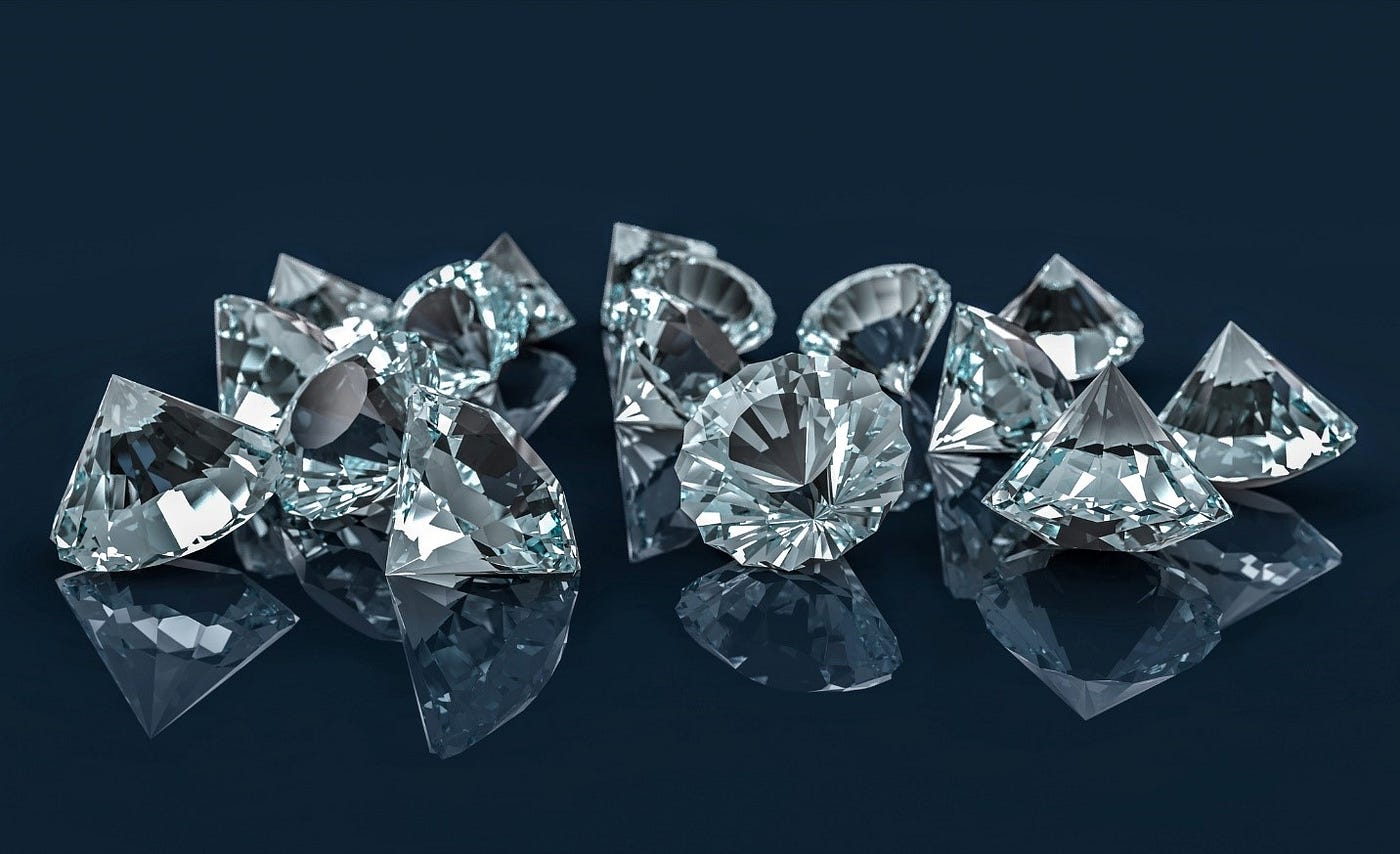Lab-grown diamonds have been at the forefront of a revolution in the jewelry industry. As a blend of advanced technology and environmental consciousness, these synthetic gemstones offer a compelling alternative to traditional mined diamonds. This article delves into the inner workings, benefits, and future of lab-grown diamonds, shedding light on why they are becoming the preferred choice for consumers and jewelers alike.
Understanding Lab-Grown Diamonds
What Are Lab-Grown Diamonds?
Lab-grown diamonds, also known as synthetic or cultured diamonds, are diamonds that are produced in a controlled laboratory environment. Unlike imitation diamonds such as cubic zirconia or moissanite lab grown diamonds insider story possess the same physical, chemical, and optical properties as natural diamonds. The primary difference lies in their origin: one is created by natural geological processes, while the other is cultivated using advanced technology.
How Are Lab-Grown Diamonds Made?
There are two primary methods for creating lab-grown diamonds: High Pressure High Temperature (HPHT) and Chemical Vapor Deposition (CVD).
HPHT Method: This method mimics the natural conditions under which diamonds are formed in the Earth’s mantle. It involves subjecting carbon to extreme pressure and high temperatures, resulting in the crystallization of carbon atoms into diamond.
CVD Method: This method involves placing a carbon-containing gas in a vacuum chamber and using microwaves to break down the gas. The carbon atoms then deposit onto a substrate, growing layer by layer into a diamond crystal.
Both methods produce gem-quality diamonds that are virtually indistinguishable from their mined counterparts.
Benefits of Lab-Grown Diamonds
Environmental and Ethical Considerations
One of the most significant advantages of lab-grown diamonds is their minimal environmental impact. Traditional diamond mining is associated with habitat destruction, water pollution, and significant carbon emissions. In contrast, lab-grown diamonds require substantially fewer resources and do not involve the displacement of large amounts of earth.
From an ethical standpoint, lab-grown diamonds are free from the concerns of conflict diamonds or “blood diamonds,” which are mined in war zones and sold to finance armed conflict. Consumers can purchase lab-grown diamonds with the assurance that their gems are conflict-free and ethically sourced.
Cost-Effectiveness
Lab-grown diamonds are generally more affordable than mined diamonds. This cost difference is due to the controlled production process and the absence of the extensive supply chain associated with traditional diamond mining. As a result, consumers can obtain a larger or higher-quality diamond for the same price as a smaller or lower-quality mined diamond.
Quality and Variety
Advancements in technology have enabled producers to create lab-grown diamonds that are of exceptional quality. These diamonds can be manufactured to precise specifications, ensuring high clarity, color, and carat weight. Additionally, lab-grown diamonds offer greater flexibility in terms of customization. Jewelers can design diamonds with specific characteristics, including rare colors and unique shapes, that might be challenging to find in nature.
Lab-Grown Diamonds in the Market
Consumer Perception and Acceptance
Initially, lab-grown diamonds faced skepticism from traditionalists who viewed them as inferior to natural diamonds. However, as awareness of their benefits has grown, so too has consumer acceptance. Today, lab-grown diamonds are embraced by a broad audience, ranging from eco-conscious millennials to discerning collectors.
Industry Adoption
The jewelry industry has responded to the growing demand for man made diamonds by incorporating them into their collections. Prominent jewelry brands and designers now offer a range of pieces featuring these synthetic gems, including engagement rings, earrings, necklaces, and bracelets. The integration of lab-grown diamonds into high-end jewelry lines has further solidified their status as a mainstream choice.
Certification and Authenticity
To ensure transparency and consumer confidence, lab-grown diamonds are subject to the same rigorous grading standards as mined diamonds. Leading gemological laboratories, such as the Gemological Institute of America (GIA) and the International Gemological Institute (IGI), provide certification for lab-grown diamonds. These certifications detail the diamond’s cut, color, clarity, and carat weight, confirming its authenticity and quality.
Future of Lab-Grown Diamonds
Technological Advancements
The future of lab-grown diamonds looks promising, with ongoing advancements in technology poised to enhance their quality and reduce production costs further. Innovations in the HPHT and CVD processes are expected to result in diamonds with even fewer inclusions and better color grades. As the technology matures, we can anticipate a broader range of lab-grown diamond products entering the market.
Market Trends
Market trends indicate a steady growth in the demand for lab-grown diamonds. According to industry reports, the market share of lab-grown diamonds is projected to increase significantly over the next decade. This growth is driven by a combination of factors, including environmental awareness, ethical considerations, and the desire for value.
Sustainability and Corporate Responsibility
As sustainability becomes a central theme in consumer decision-making, lab-grown diamonds are positioned to play a pivotal role in the jewelry industry’s shift towards more responsible practices. Companies that embrace lab-grown diamonds are likely to benefit from enhanced brand reputation and loyalty among eco-conscious consumers.
Conclusion
Lab-grown diamonds represent a remarkable convergence of science, ethics, and luxury. They offer a sustainable and affordable alternative to mined diamonds without compromising on quality or beauty. As technology continues to evolve and consumer preferences shift towards more responsible choices, lab-grown diamonds are set to redefine the future of the jewelry industry.

